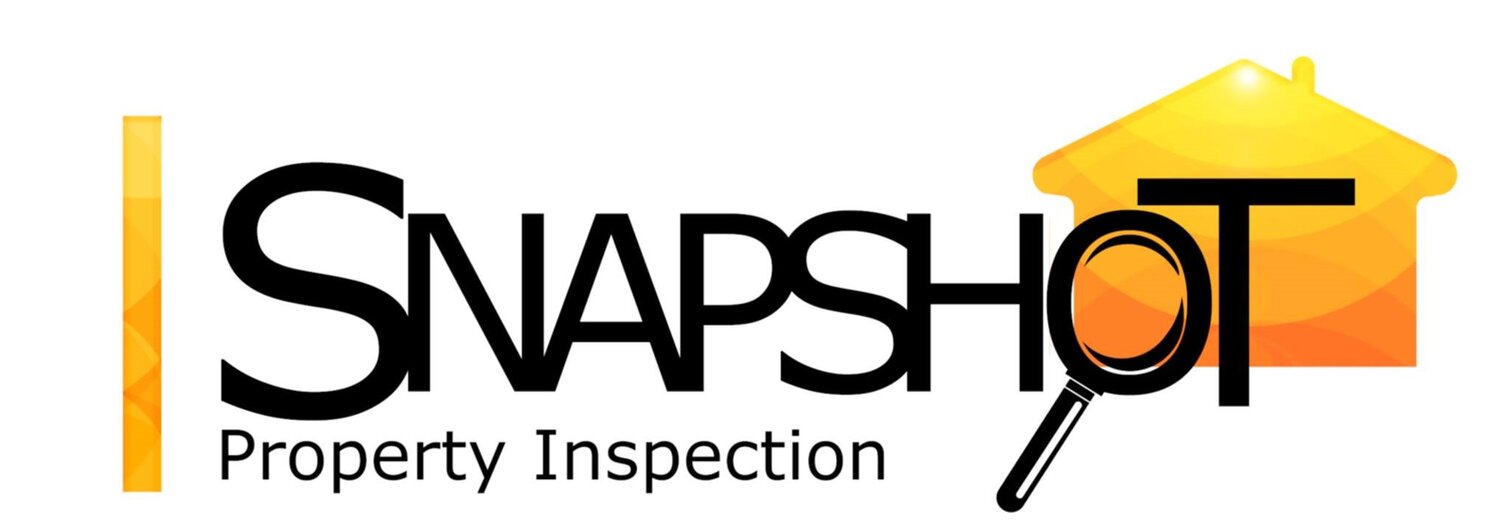British Standards / Codes Of Practice / BSEN / Scottish Building Standards / NHBC / Premier Guarantee / LABC / CIBSE /
British Standards / Codes Of Practice / BSEN / Scottish Building Standards / NHBC / Premier Guarantee / LABC / CIBSE /
We inspect your property in accordance with construction standards applicable to Scotland, it is widely known that Scottish standards are some of the most stringent in the UK, for good reason, we have some of the most inclement and severe weather . !
Low Energy Building Design
Housing Construction Standards (Platinum, Gold, Silver, Bronze )
The Climate Change (Scotland) Act 2009 is referenced as a key aligned act to help implement the changes necessary to adapt our housing strategy to make homes more sustainable in the long term. Scottish Construction follows a stringent sustainability labelling process, introduced in Scotland on 1st May 2011 by the Building Scotland Act.
The Sullivan report published in 2007 has been instrumental in driving current sustainability and zero carbon emissions initiatives in new build housing, setting out the ambitions and pace of change, together with particular emphasis on recognition of the value of energy efficient new buildings to target Net Zero Carbon Emissions. (click here for update to report)
following a specific standard, as sustainability and carbon footprint become more prevalent, it is with that in mind that a number of sustainability standards have been introduced, ranging from Bronze to Platinum as the highest accolade, the standards relate to the efficiency of your home from a sustainability point of view.
factors taken into consideration are resource use based such as air quality monitoring, energy, space and water heating technology, Co2 emission’s and water consumption.
Eight Aspects are generally considered for Silver or above.
CO2
Energy for thermal comfort / artificial lighting
Water Use efficiency
Materials and waste
Optimising performance
Health & well-being
Flexibility and adaptability
Biodiversity and surface water
Some examples of what may be included are detailed below.
Wind turbines.
Water turbines.
Green roofs
Heat pumps (all varieties).
Solar thermal panels.
Photovoltaic panels (PV).
Community spaces
Combined heat and power units.
Fuel cells.
Indoor air quality monitoring
Biomass boilers/stoves and biogas.
AcousticsAdaptability, such as a space for home office, desk etc, space for wheelchairs, prams or bicycles.
Occupant wellbeing, enhanced noise reduction measures, increased natural light, and improved security.
New Buildings that meet the relevant Section of the Scottish Building Standards 2013, are given a Bronze level label.
Bronze
Awarded for compliance with 2013 Building Standards, this is the basic minimum baseline standards for sustainability levels achieved where the building meets the functional standards set out in the Technical Handbook Sections 1-6.
Bronze Active is awarded where additional initiatives are incorporated to a suitable standard.
The dwelling includes the use of a low and zero carbon generating technology (LZCGT).
Silver -(Delivering Best Practice, optimising performance across a range of areas, incorporating a sliding scale of Initiatives, exceeding Bronze active level)
Gold - (Aimed at more demanding targets, not unachievable, although may be very difficult, development’s in Aberdeen & Glasgow are underway striving to meet the Gold Standard.)
Platinum - (The highest accolade achievable, future proofing your building)
The Labelling enables developers to show there commitment to sustainability, and in doing so attract those seeking improved environmental benefits, Local authority EC directives such as emission reductions contribute to the labelling system, often with incentives for the developer to comply.
BRE has been around for over 100 years, privatised since 1997, helping to steer construction sustainability and shape the standards for the future (BREEAM , invoking standards, technical knowledge and implementing good practice in building, evolving to cover a suite of quality standards and built environment research.
Quality building is one of the most important factors in compliance of a new building, in order to achieve the best possible outcomes, BRE have developed Home Quality Mark One, which is a building standards system designed to ensure compliance to the most current legislation and best practice, driving sustainability, durability and safety.
The appearance of a damp patch on a wall can be worrying but the cause isn’t necessarily rain water getting through the wall or roof. An investigation by BRE has highlighted that condensation doesn’t always just form on the windows.




